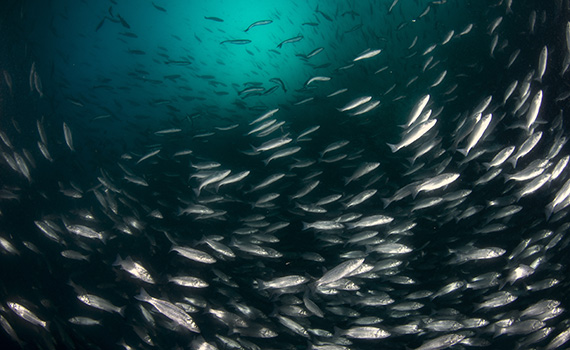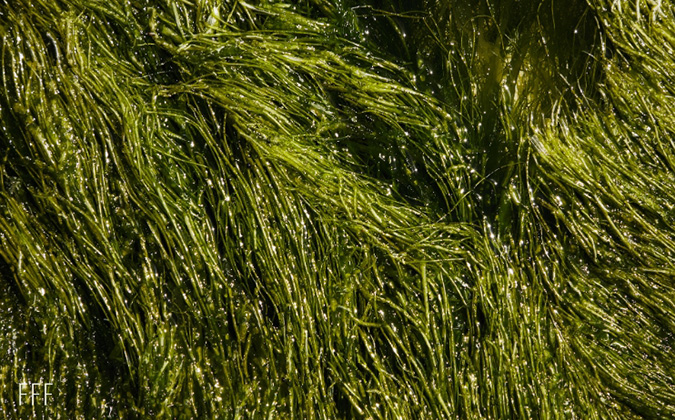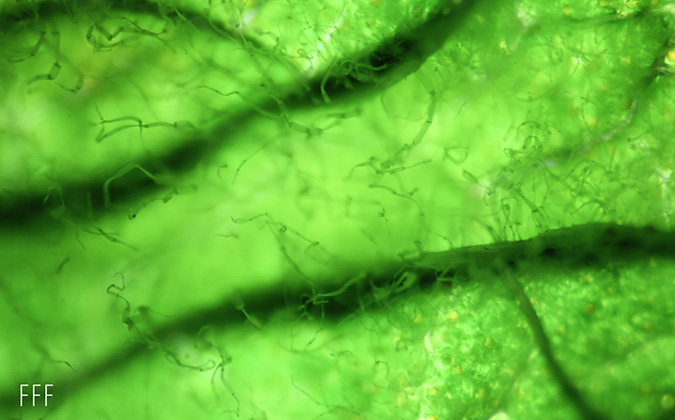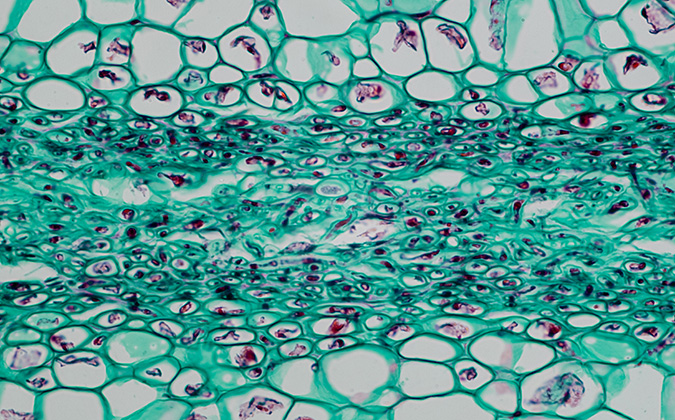
Eastern Mediterranean sea bass more resistant to highly pathogenic virus strain
Eastern Mediterranean populations of sea bass showed three times the survival rate of Atlantic Ocean and Western Mediterranean stocks against a pathogenic strain of nervous necrosis virus (NNV) in a new challenge study.
NNV, which has been grouped into four distinct genotypes, causes lesions in the brain, retina and spinal cord of affected fish. Clinical signs of infection include spiral swimming and pigmentation change, while mortalities can be up to 100%.
Researchers exposed fish from the three populations that form the basis of sea bass aquaculture to the highly virulent red-spotted grouper nervous necrosis virus (RGNNV) strain, as well as the less pathogenic isolate, striped Jack nervous necrosis virus (RG/SJNNV), both found in Mediterranean waters.
A standout population for infection survival
Significantly higher survival rates against RGNNV were seen in the Eastern Mediterranean group, suggesting that the genetic makeup of these fish offers some protection against the disease, the scientists explained. No significant differences between sea bass populations were observed in resistance to the RG/SJNNV strain of the pathogen.
“We have demonstrated a statistically significant difference between the Eastern Mediterranean sea bass population and the Atlantic and Western Mediterranean populations in terms of disease resistance when challenged with RGNNV,” they said.
“Although the genetic background and molecular mechanisms remain to be determined, the results support earlier indications of the Eastern Mediterranean population harboring resistance traits allowing the fish to keep the virus replication in the brain at a low level.”
Selective breeding could offer hope
Viral nervous necrosis (VNN) causes high losses for Mediterranean fish farmers every year through mortality and growth reductions in surviving fish. As such, the discovery of a resistant sea bass population is likely to be of interest to an industry seeking options for reducing the impact of the disease.
“Including this population in future breeding programs for farmed sea bass could benefit the Mediterranean aquaculture,” the scientists suggested.
Viral load in survivors remains a danger
Polymerase chain reaction testing revealed the presence of NNV in the brains of surviving fish. Although Eastern Mediterranean fish had significantly lower viral loads of RG/SJNNV than the other populations, they also had a significantly higher RGNNV load than the less pathogenic strain, an underlining that selective breeding for production will not solve the problem of VNN outbreaks alone, the scientists stressed.
“It should be kept in mind that despite increased resistance to the disease, the virus replicates in resistant fish, as demonstrated by the detection of viral RNA in brain of survivors. Thus, resistant fish can potentially harbor the virus and possibly be a source of an outbreak in younger naïve fish or other species.
“Other preventive measures should therefore still be implemented such as vaccination, biosecurity measures and reassurance of disease-free status in newly introduced fish stocks,” they added.
To read the full article in Aquaculture Reports, click here.
Posted on: October 27, 2021






